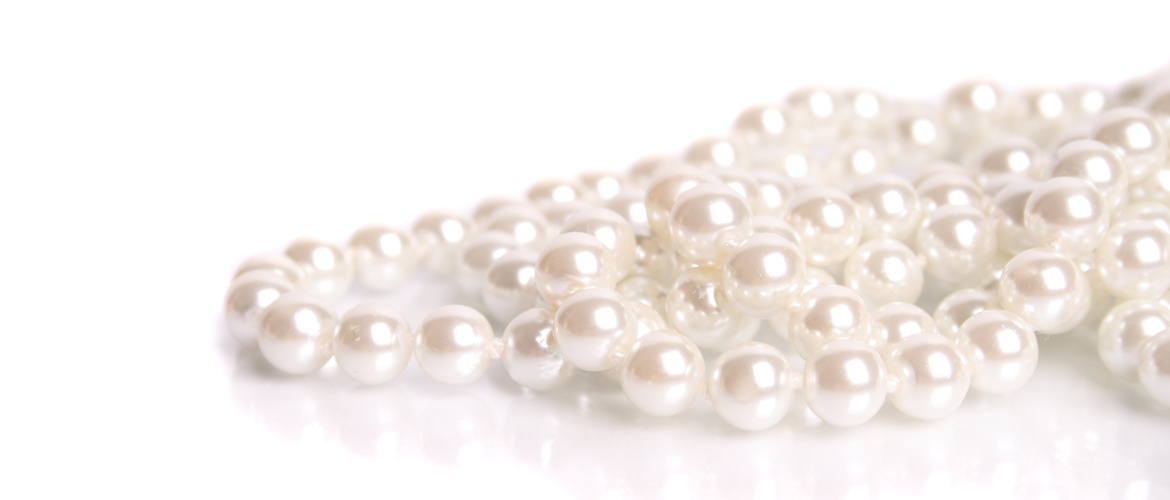
Choose a channel
Check out the different Progress in Mind content channels.

Progress in Mind

From a sea of research findings, Professor Messoud Ashina, University of Copenhagen, Denmark, presented his selection of recent clinical highlights at #MTIS2020 in the fields of medication overuse headache, migraine prevention, and migraine and cluster headache pathophysiology. New insights, different strategies and novel treatments offer the potential for improved outcomes for patients with migraine and cluster headaches.
Withdrawal and prevention combined give the best outcome in MOH
Medication overuse headache (MOH) is a disabling condition, the treatment of which is a debated clinical problem. In an elegant three-armed trial, Carlsen et al. randomly assigned 120 patients to either withdrawal plus preventive treatment, preventive treatment alone, or withdrawal with optional preventive treatment after 2 months.1 While all 3 strategies were effective, withdrawal therapy combined with preventive medication gave the best outcomes at 6-month follow up, with the greatest reduction in monthly headache days.1 Moreover, almost all patients (30/31) in the withdrawal plus preventive group were cured of MOH at 6 months.
Withdrawal combined with preventive medication from the start of withdrawal is the recommended treatment strategy to eradicate medication overuse headache
Anti-CGRPs show further promise in migraine prevention
Treatment targeting calcitonin gene-related peptide (CGRP) is an exciting and fast-moving area of migraine therapy. Professor Ashina highlighted two studies of anti-CGRP antibodies as preventive treatment for both chronic and episodic migraine that provide additional promising efficacy results for this class.2,3
Secondly, oral CGRP receptor antagonists (gepants) have demonstrated efficacy as acute treatment for migraine attacks. A recent study shows potential for this class in the prevention of episodic migraine, with a reduction in monthly migraine days at 12 weeks, and with good tolerability profile.4
Potential biomarker of migraine identified
The beginning of a migraine attack lies in the premonitory phase preceding the migraine headache and associated symptoms. Longitudinal imaging data collected during 30 days from 7 patients who during this period together experienced a total of 27 spontaneous migraine attacks, has identified that hypothalamic activation is a potential biomarker for the premonitory phase lasting up to 48 hours preceding the migraine headache.5
Hypothalamic activation is a potential biomarker for the premonitory phase lasting up to 48 hours preceding the migraine headache
Inflammation implicated in migraine with visual aura
One study published in 2020 provides the first evidence in humans of an inflammatory signal within the parameninges overlying the cortical areas generating migraine visual aura.6 This confirms the multiple animal studies linking inflammation to cortical spreading depression and may account for symptoms related to meningeal irritation. These findings suggest that newly discovered bridging vessels may provide the conduits for crosstalk between brain and skull marrow, with implications for migraine pathophysiology.
First imaging evidence implicates inflammation in the pathophysiology of migraine meningeal symptoms in humans
Cluster headache pathophysiology unravelled
A study of patients with cluster headaches in the active phase has shown that these patients are susceptible to cluster-like attack induction by pituitary adenylate cyclase-activating polypeptide 38 (PACAP38) and vasoactive intestinal peptide (VIP), although with lower attack induction rates compared with CGRP provocation.7
VIP induced an attack incidence similar to PACAP38, which suggests that the PAC1-receptor is not solely responsible for cluster-like attacks.7 These findings support the rationale for testing a PACAP antibody in cluster headache patients.
Our correspondent’s highlights from the symposium are meant as a fair representation of the scientific content presented. The views and opinions expressed on this page do not necessarily reflect those of Lundbeck.